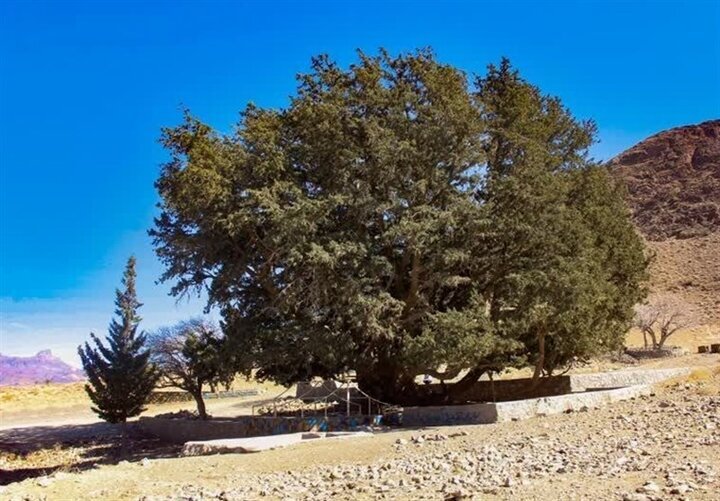Long-lived cypresses in southeast Iran receive national designation

TEHRAN – Two old cypress trees standing in the Taftan county of Sistan-Baluchestan province have recently been added to Iran’s national heritage list.
The cypress trees are 430 and 850 years old. Mehr quoted a local tourism official as saying on Sunday.
The quality, number, and diversity of long-lived trees in Iran are impressive and astonishing. More than 2000 long-lived individuals have been identified in Iran.
The country’s most aged long-lived tree is the Abarkouh cedar (estimated 4000 years old), followed by Sharestank, Abarsij and Serani Juniper, with an estimated 2700-2800 years old. The age of Estand and Esfad cypresses was estimated to be 990 - 1040 years.
Over the past two decades, there have been a lot of efforts in introducing long-lived trees to responsible organizations to protect them precisely and scientifically.
The collective province -- Sistan in the north and Baluchestan in the south -- accounts for one of the driest regions of Iran with a slight increase in rainfall from east to west and an obvious rise in humidity in the coastal regions. In ancient times, the region was a crossword in the Indus Valley and the Babylonian civilizations.
The vast province is home to several distinctive archaeological sites and natural attractions, including two UNESCO World Heritage sites, namely Shahr-e-Soukhteh (Burnt City) and Lut desert.
AFM
Leave a Comment